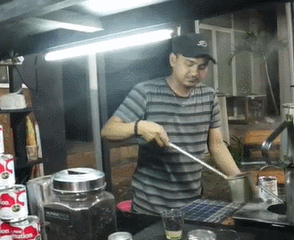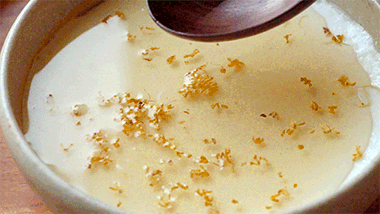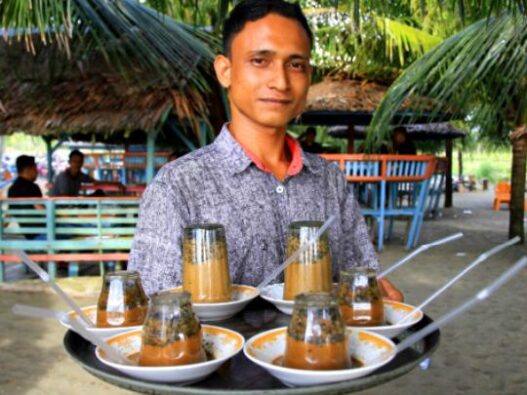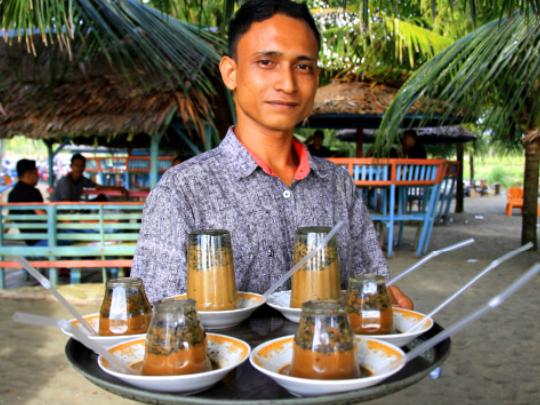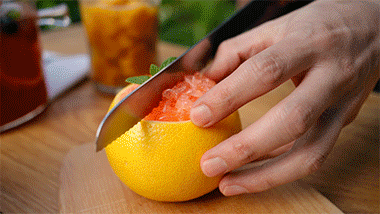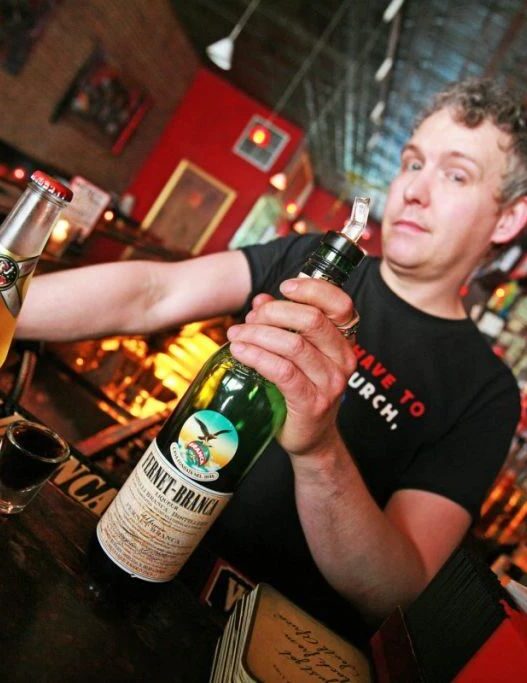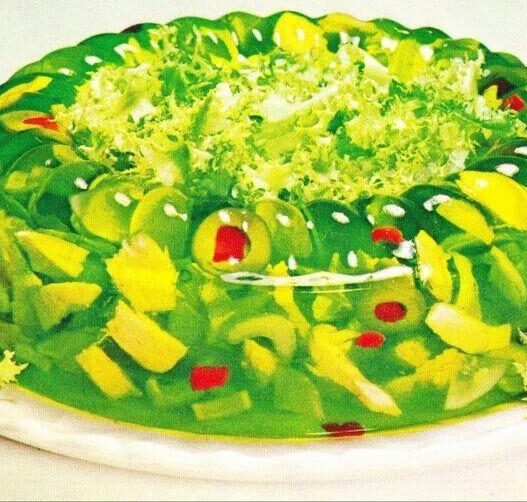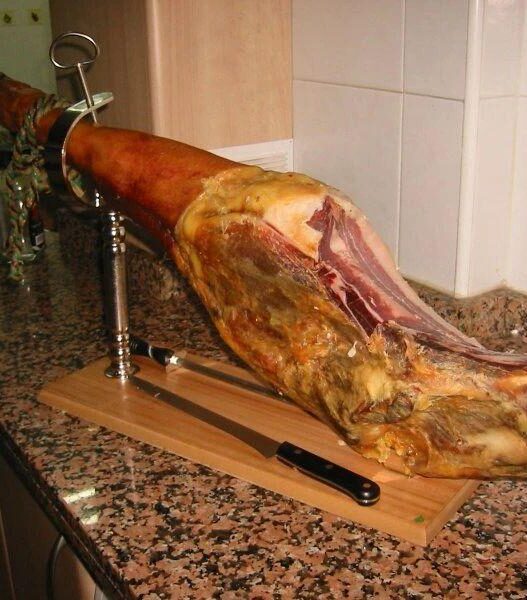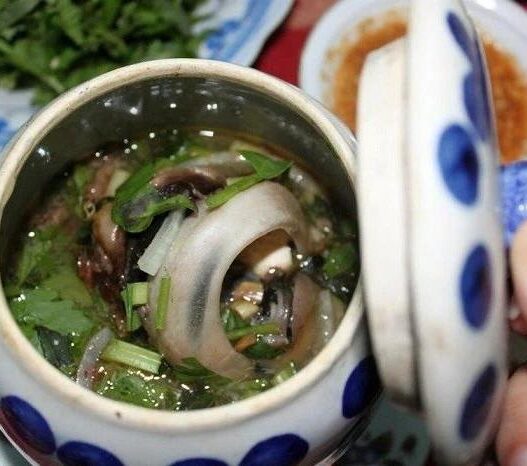Coffee lovers around the world are familiar with the ritual of a good cup of joe. But in Meulaboh, Indonesia, you might experience something unique: Kupi Khop, or “Upside-Down Coffee.” This drink blends rustic charm with technique, offering a coffee experience rooted in tradition and taste.
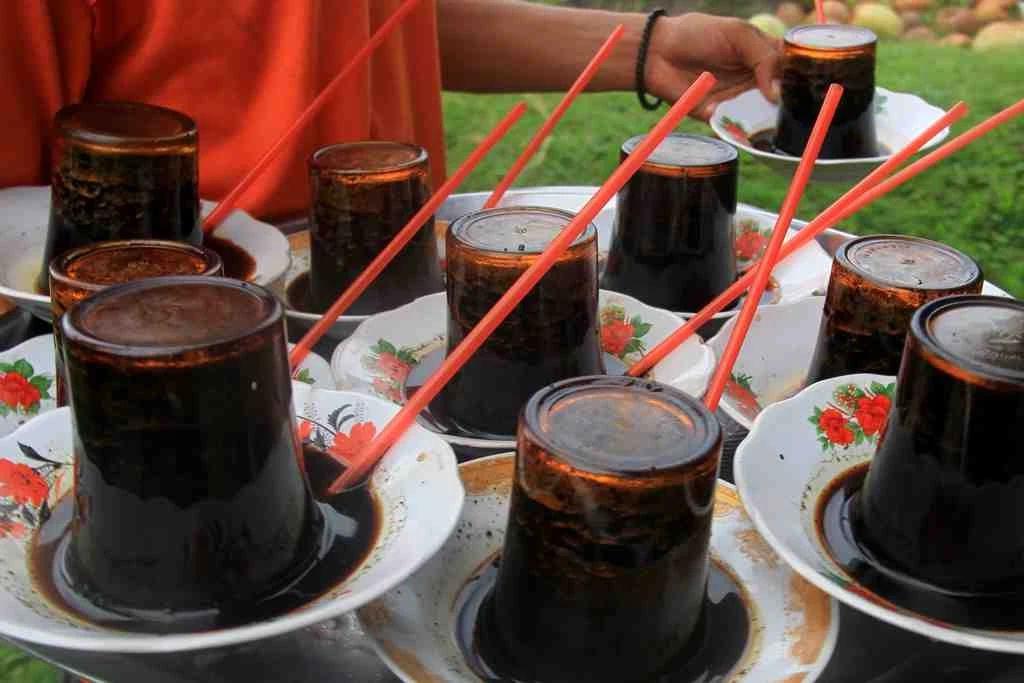
From a distance, the coffee looks like a plate of coal, but it’s actually a cup turned upside down on a dish. It’s a ritual that may seem strange to outsiders, but it holds deep cultural significance in the region.
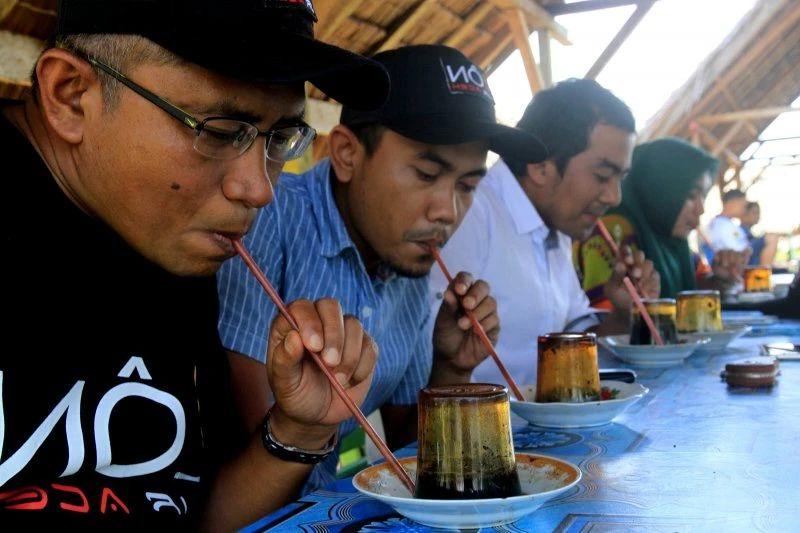
A Tradition Born from the Sea: The Story of Upside-Down Coffee
The origins of Kupi Khop trace back to the local fishermen of Meulaboh. These seafarers relied on coffee to fuel their long, grueling days at sea. Sometimes, they wouldn’t finish their cups, so they would place them upside down on their plates to keep out dust and insects. After a long day’s work, they’d return to their half-drunk coffee to enjoy it in peace.
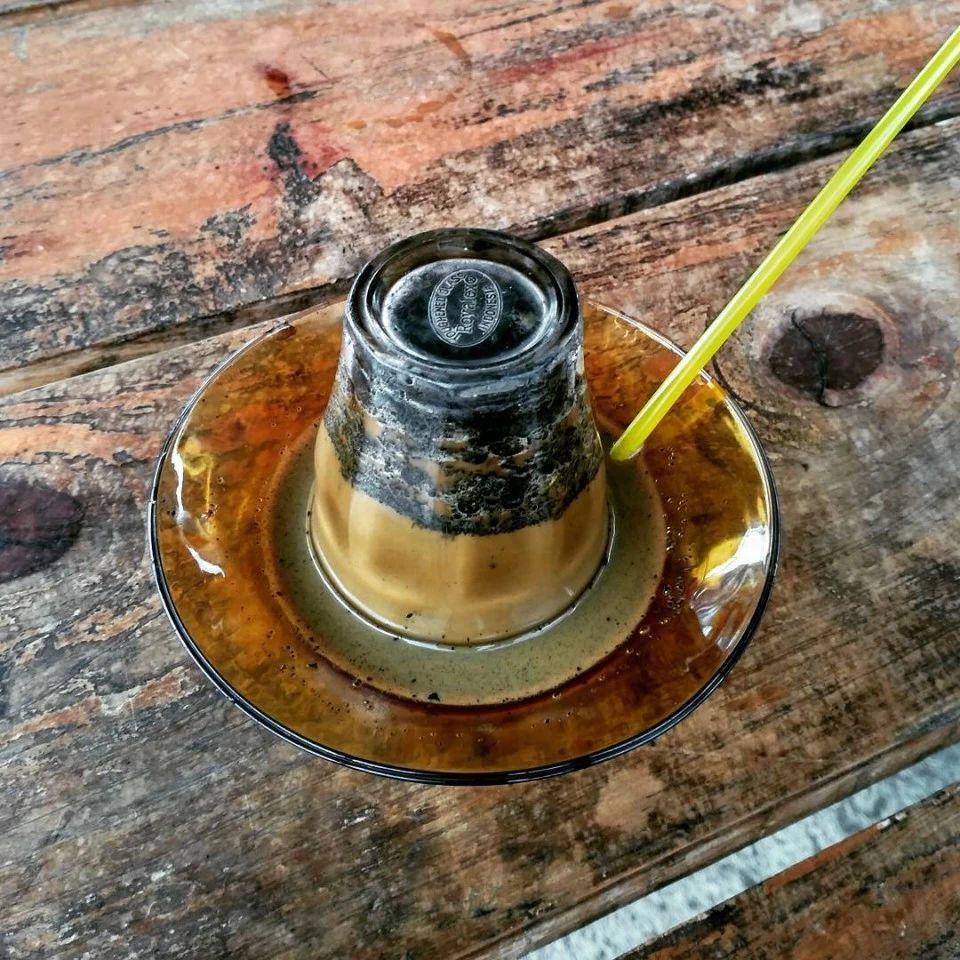
This quirky habit slowly became a part of Meulaboh’s café culture, and today, you’ll see this tradition everywhere—from tiny local stalls to larger cafés. The only change? A simple straw inserted into the cup for a more modern touch.
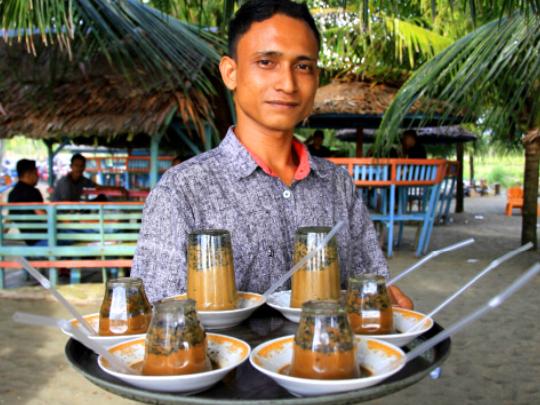
While foreigners may look at this with confusion, locals see it as a way to cherish their coffee culture, keeping the old ways alive.
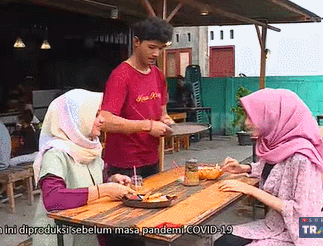
Meulaboh: Coffee Hub of Aceh Province
Located in Aceh, a region known for its coffee production, Meulaboh is a small but vibrant city where coffee is woven into the very fabric of daily life. As the world’s fourth-largest coffee producer, Indonesia’s coffee culture runs deep, and in Aceh, this includes a unique brewing style that’s nothing like the espresso machines or pour-over filters we’re used to.
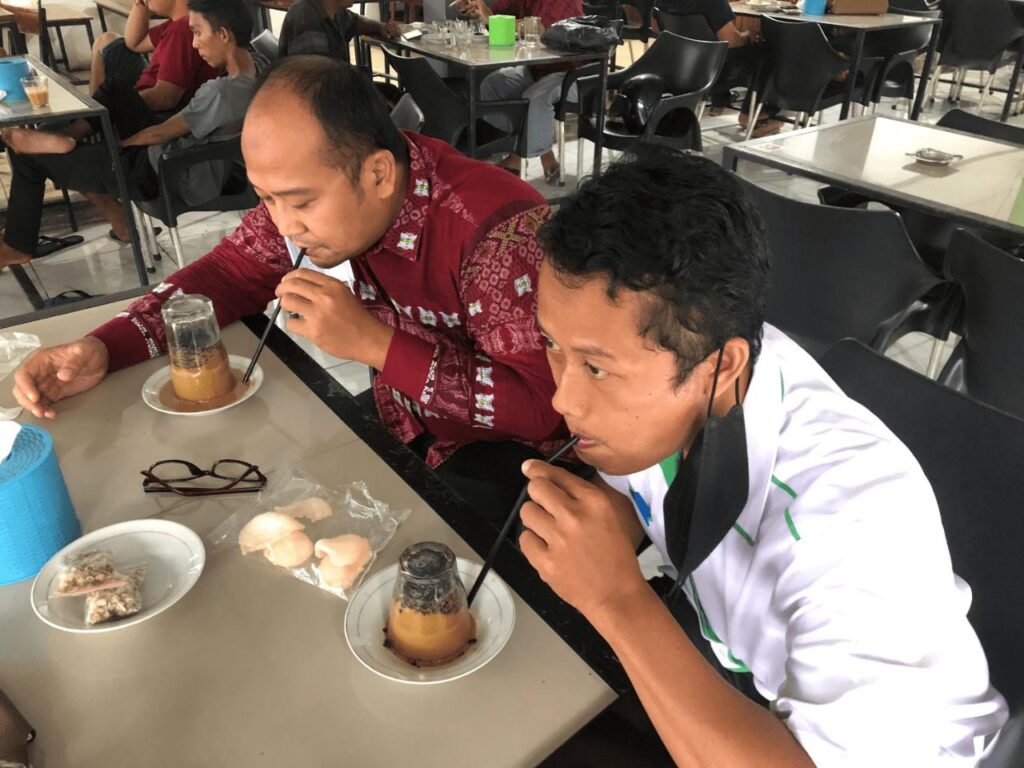
In Aceh, if you see one barista, you can bet there are a thousand workers behind them, all relying on coffee production for their livelihoods. It’s more than just a drink; it’s a symbol of the region’s economy and its connection to the land.
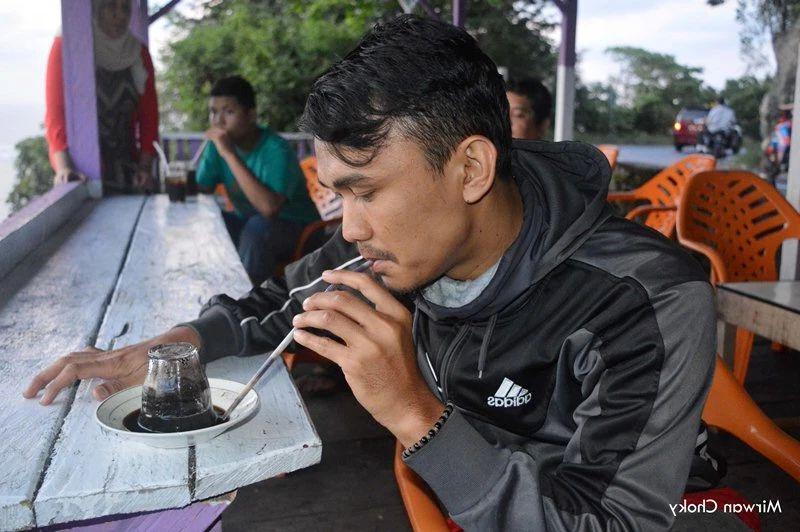
The Ritual of Drinking Upside-Down Coffee
Drinking Kupi Khop is a unique experience. The coffee is served in a cup placed upside down on a plate, creating mystery and anticipation. To sip, you must blow gently on the cup to release the air pressure inside. This process requires patience and a steady hand.
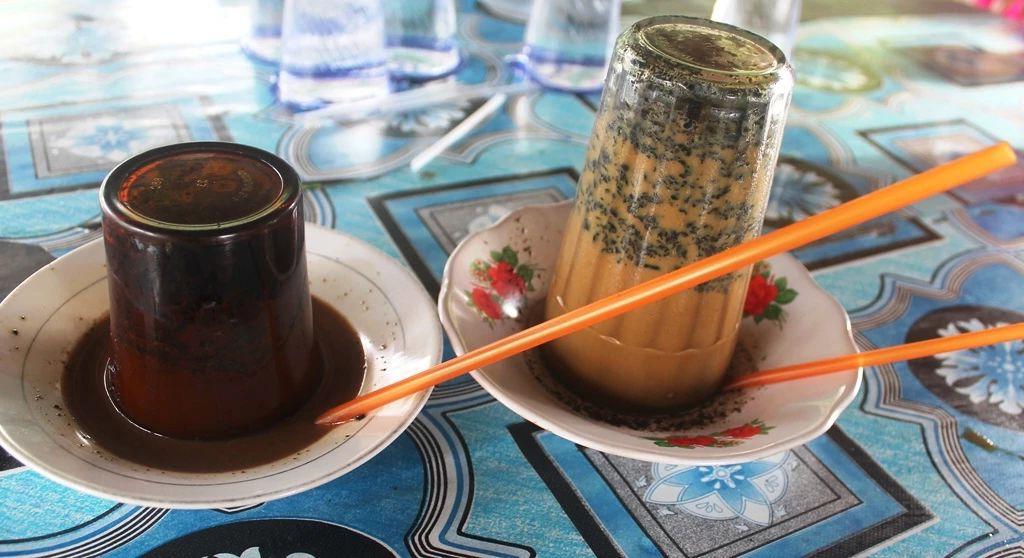
At first, it may seem like a playful mess. However, those who’ve mastered drinking Kupi Khop know it’s all about precision and mindfulness. A skilled drinker takes their time, enjoying the bold, earthy flavors without spilling or burning themselves.
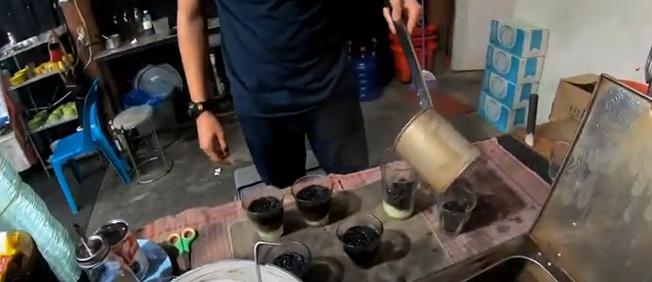
This slow, deliberate sipping is often paired with mindfulness. It encourages patience and focus, making each sip a meditative experience. However, hurry too much, and the hot liquid might splatter or burn you—such is the intensity of this coffee ritual.
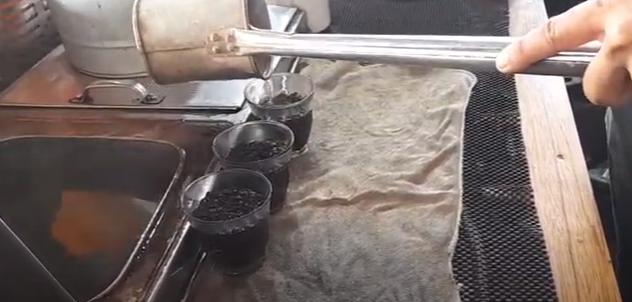
A Unique Coffee Craft
The preparation of Kupi Khop is far from typical. Unlike the sleek espresso machines at fancy cafés, the local spots in Meulaboh use more rustic methods. The coffee is made with locally grown Robusta beans. These beans are ground and prepared in large batches early in the morning. Robusta beans are more bitter and have twice the caffeine of Arabica, making them a bold choice for a strong brew.
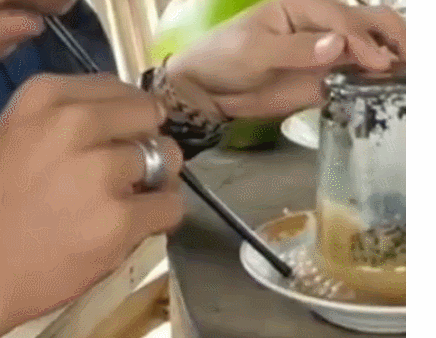
There are no fancy filters here. The coffee grounds are brewed in a large metal container with hot water, creating a rich, earthy texture. In some cafes, a few bits of floating grounds remain, adding to the raw, unrefined nature of the drink.
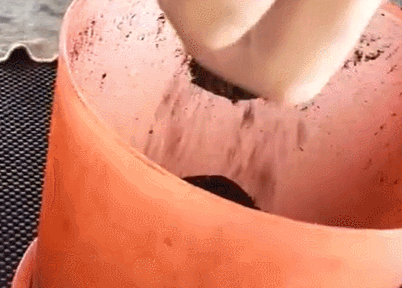
The flavor is bold and robust, with a distinct “muddy” taste that many enjoy for its intensity. Regular drinkers find the rustic feel part of the charm. There’s something invigorating about the directness of Robusta coffee, with its tangy, slightly bitter edge.
Upside-Down Coffee: More Than Just a Drink
While the ritual of drinking Kupi Khop is tied to tradition, it’s also about more than just coffee. It’s a cultural moment, a pause in the hustle and bustle of everyday life. Whether you’re a truck driver on a quick break or a businessperson taking a coffee break, the act of drinking Kupi Khop is a form of relaxation, a way to slow down and savor the moment.
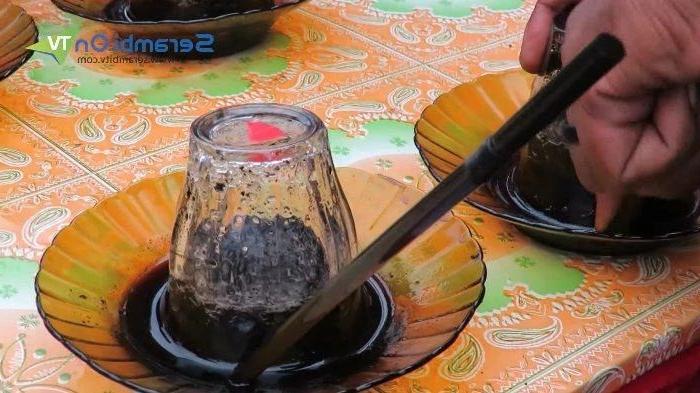
The ritual of drinking coffee from an upside-down cup, with its deliberate pace and concentration, offers a unique contrast to the fast-paced life many of us lead. It’s a reminder to appreciate the small things and take a breath—something that the people of Meulaboh have mastered through their beloved coffee tradition.
The Legacy of Teuku Umar: A National Hero’s Influence
The history of Kupi Khop is linked to local hero Teuku Umar. Born in Aceh, he led the resistance against Dutch colonial forces in the late 19th century. His leadership, bravery, and dedication made him a symbol of pride in Aceh. After his death, his legacy lived on.

In tribute to Teuku Umar, who loved coffee from his hometown, locals continue to serve Kupi Khop in his honor. The upside-down cup symbolizes his iconic round hat, standing as a cultural symbol that preserves local coffee traditions against foreign influences.
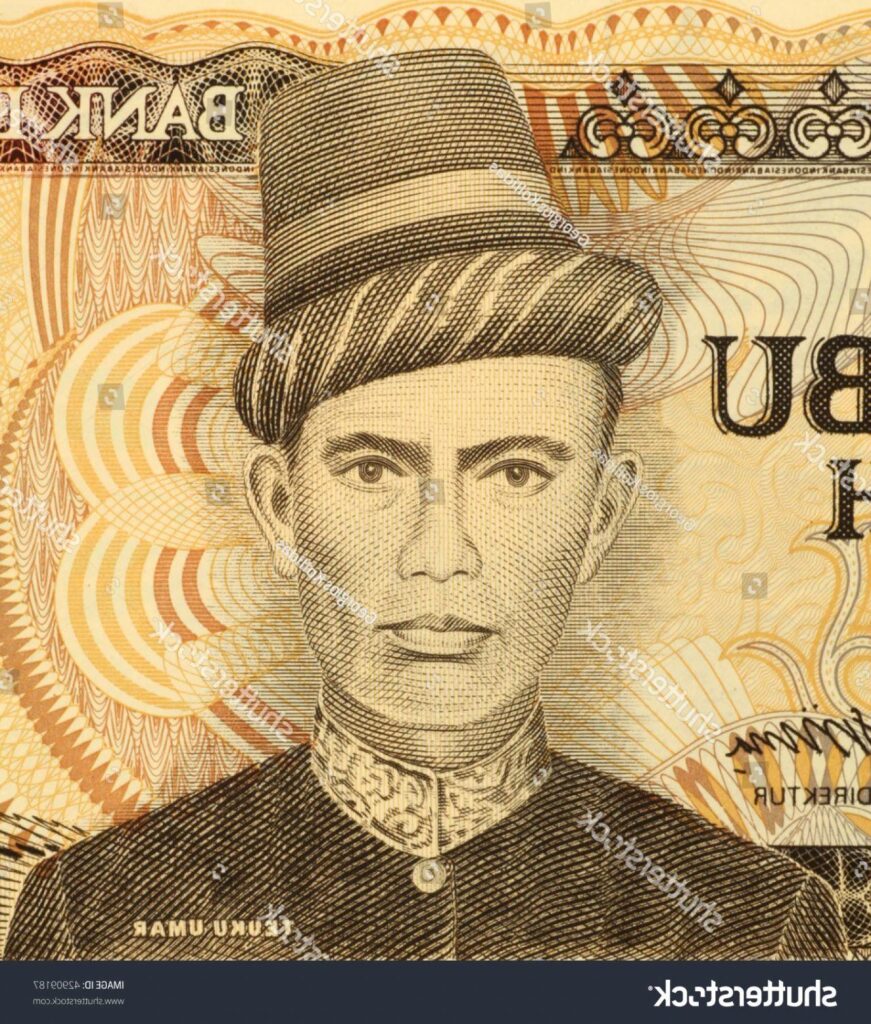
A Coffee That Defines a Region
For the people of Meulaboh and Aceh, Kupi Khop is more than just coffee. It’s a deep connection to their past, community, and way of life. Coffee here isn’t just for caffeine—it’s about tradition, family, and history.
Whether with street food or enjoyed alone, Kupi Khop is a reminder to slow down and savor life’s simple pleasures. In Meulaboh, this unique coffee ritual continues to thrive, one upside-down cup at a time.
